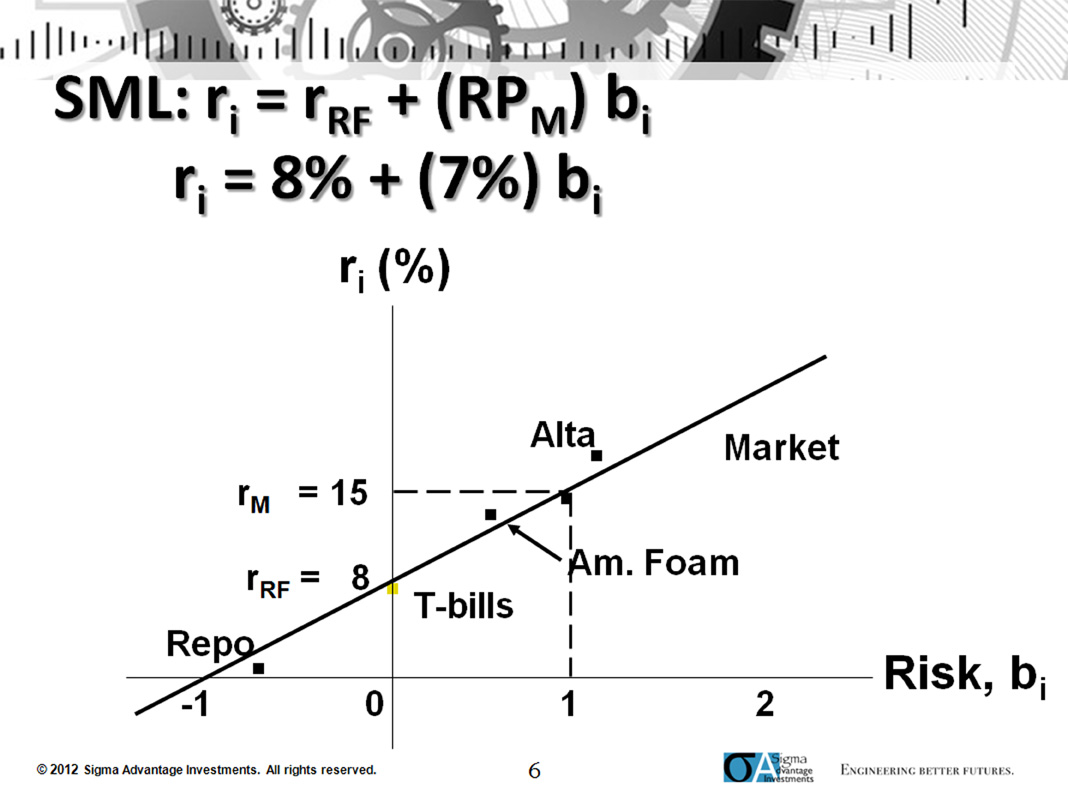One of the nice things about cable television has been you can usually find reruns of good films such as Gone with the Wind or Casablanca at any time of the day.
Investors have been treated to a familiar tale as well: the meltdown of Archegos Capital Management.

Archegos Capital Management was led by founder Bill Hwang, a protege of hedge fund legend Julian Robertson.
Regulatory Woes
Hwang has enjoyed success in his career, but he’s also run afoul of financial regulators. The leading investment banks like Goldman Sachs (GS) and Morgan Stanley (MS) blacklisted him for quite a while, and then lower tiered banks gave him a second opportunity.
Goldman Sachs and Morgan Stanley joined the party, with all the banks providing borrowing capacity through their prime brokerage arms.
Mr. Hwang was a fine investor for a long time, and did a superb job of building up the family office to a situation where it had $10 billion dollars of equity value.
Meltdowns
Then like other famous blow-ups such as Long Term Capital Management and Lehman Brothers, too much leverage led to a downfall. Archegos had too much debt relative to its equity.
Consider the possibility you have ten billion of equity and zero debt employed. Your positions lose twenty percent, you are down to eight billion of equity, but with no time pressure or margin exposure.
Unfortunately for Archegos, it relied on swaps and other derivative contracts for its trading positions. When there’s a negative event, in this case a secondary offering by ViacomCBS (VIAC) that went against Archegos, the losses were amplified.
Takeaway
Hwang could make margin calls on his trades and his major lenders headed for the exits. Some banks such as Goldman Sachs managed to sell without any major losses. Other banks such as Nomuraand Credit Suisse will take a financial hit.
In my opinion, the most important lesson here is to beware of excess leverage to finance your portfolio. Don’t even think about it.
Photo Credit: Simon Desmarais via Flickr Creative Commons
Disclosure: This material contains the opinions of the author, which are subject to change, and should not be considered or interpreted as a recommendation to participate in any particular trading strategy, or deemed to be an offer or sale of any investment product, and it should not be relied on as such. There is no guarantee that any strategies discussed will work under all market conditions. This material represents an assessment of the market environment at a specific time and is not intended to be a forecast of future events or a guarantee of future results. This material should not be relied upon as research or investment advice regarding any security in particular. The user of this information assumes the entire risk of any use made of the information provided herein.



